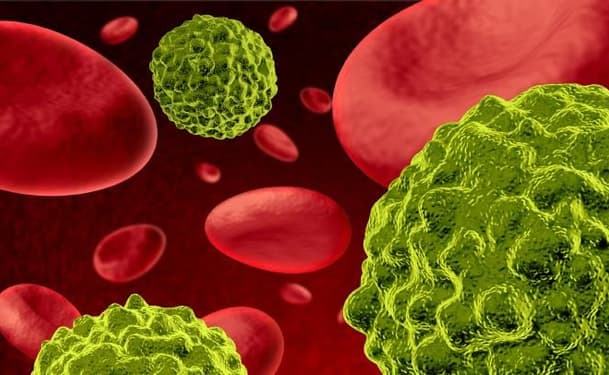Urethral cancer is cancer that occurs in the urethra. The urethra is a thin tube that connects the bladder to the genitals, allowing urine to exit the body. In women, the urethra is about 1.5 inches long and emerges above the vaginal opening. For men, the urethra is about 8 inches long, travels through the penis and prostate, and transports urine as well as semen.
Urethral cancer, which accounts for an estimated 1 to 2 percent of all urological cancers, can occur if malignant cells invade the tube's tissues. Early on, there may be few symptoms but as the cancer expands, a lump or growth may appear on the urethra. This may cause pain or bleeding during urination. Should the tumor narrow the width of the urethra, urinating can be made very difficult.
Types and Stages of Urethral Cancer
There are three types of urethral cancer that start in the cells that line the tube. Each are named based on the kind of cells that become cancerous, including:
- Adenocarcinoma is a urethral cancer type occurring in the glands around the urethra
- Squamous cell carcinoma is the most common form of urethral cancer. In women, it develops in the urethral cells near the bladder; and in men, it affects the urethral lining in the penis.
- Transitional cell carcinoma affects the portion of the urethra that passes through the prostate gland in men, and develops in the area near the urethral opening in women.
The stage of urethral cancer is based on which portion of the urethra is affected and how far the tumor has spread into the tissue around the urethra. They are as follows:
-
Stage 0: Abnormal cells are inside the lining of the urethra, but cancer has not yet formed. The cells have the potential to become cancerous and spread to nearby tissue.
-
Stage A: Here, cancer has developed and spread to the layer of tissue underneath the lining of the urethra
-
Stage B: Cancer is detected int he muscle around the urethra. For men, the penile tissue that surrounds the urethra may be involved
-
Stage C: Cancer has spread beyond the urethra. In women, the vagina, vaginal lips or nearby muscle may be affected; while in men, the penis or nearby muscle.
-
Stage D: Cancer has spread to either nearby or distant lymph nodes in the pelvis and groin. It too may have spread to the lungs, liver, and bone.
Symptoms Associated with Urethral Cancer
Urethral cancer does not always cause symptoms, but some patients may experience:
- A lump or thickness in the groin area, penis or perineum (between the penis and anus)
- Blood in the urine or bleeding directly from the urethra
- Difficulty urinating, such as trouble stopping or starting urine flow
- Incontinence or loss of bladder control
- Unexplained urethral discharge
Since numerous conditions can cause these same symptoms, patients should seek a physician’s evaluation as early as possible.
Diagnosing Urethral Cancer
To make a diagnosis, the treating physician will do a combination of tests, such as:
Medical Exam
When a patient is experiencing symptoms associated with urethral cancer, a physician will first take a medical history and ask questions about a patient’s health habits and when he or she first noticed symptoms. A physical exam is then typically performed. In women, a physician typically performs a pelvic exam by inserting one or two gloved fingers into the vagina, using the opposite hand to feel the abdomen. This allows the physician to test the size and shape of the uterus and ovaries. Both men and women may undergo a digital rectal exam, which involves inserting a lubricated, gloved finger into the rectum to test for lumps or skin thickening that could indicate potentially cancerous cells.
Laboratory Testing
Tissue, blood and urine samples may be taken from the patient and sent to a laboratory so that they can be inspected for abnormal cells that indicate the presence of cancer.
Imaging Studies
Imaging tests use X-rays, magnetic fields, radio waves, and other forms of energy to create pictures of the urethra and its surrounding lymph nodes. Images gathered can be used to determine if cancer is present and if so, how far it has spread. These tests may also be used to monitor a tumor before, during, and after treatment.
To gain a better visual of the urethra, its lining and surrounding structures, a long, thin tube with a light and camera on its tip (ureteroscope) may be directly inserted into the tube and advanced as far up as the ureters in order to look for abnormal growths. A channel in the scope also allows surgical instruments to be passed through so that tissue can be extracted for examination (biopsy).
Treatment for Urethral Cancer
When treating urethral cancer, chemotherapy and radiation therapy attempts to kill the cancer cells, while surgery aims to remove the tumor or growth. For more information on urethral cancer treatment options, check out our full-length article.
References:
General Information About Urethral Cancer. (2013). National Cancer Institute at the National Institutes of Health


